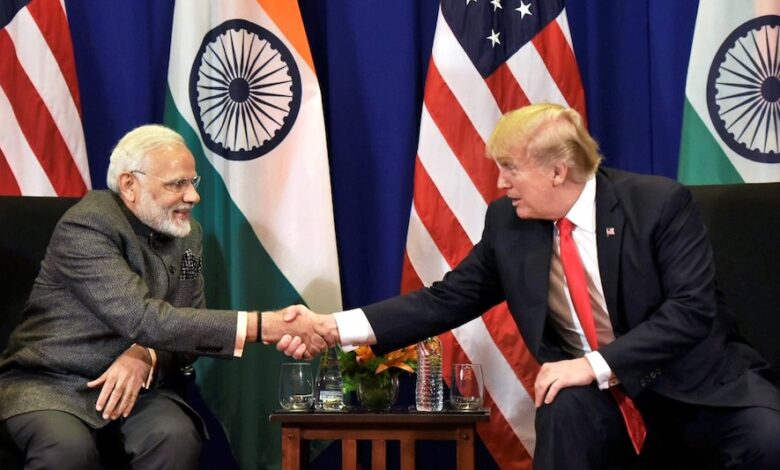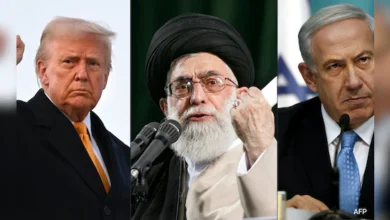
New Delhi | IP News
As the July 9 tariff deadline looms, India is racing to finalize a trade agreement with the United States, seeking relief from a sweeping 27% import duty imposed on Indian goods. This is part of President Donald Trump’s second-term “reciprocal tariff” policy, which has upended global trade norms and drawn sharp criticism from economists and allied nations.
What Happened?
-
On April 9, 2025, the U.S. implemented 27% tariffs on Indian exports, alongside similar or higher tariffs on China (54%) and the EU (20%).
-
The move follows an IEEPA emergency declaration by President Trump on April 2, citing trade deficits as a national security risk.
-
A 90-day suspension was granted to allow for negotiations, ending July 9.
The new tariffs exclude critical sectors like semiconductors, energy, and auto parts, but target textiles, pharma, and IT services—key Indian export industries.
India’s Response: Diplomacy Over Retaliation
India has opted for negotiation, not retaliation. After high-level meetings between PM Narendra Modi and Trump, and subsequent dialogue with U.S. Vice President J.D. Vance, India proposed:
-
“Zero-for-zero” auto parts tariffs
-
Reduced import taxes on U.S. ethane
-
Greater market access on both sides
External Affairs Minister S. Jaishankar said on June 10, “India remains hopeful of securing a mutually beneficial deal before the deadline.”
Global Trade Fallout
| Country/Bloc | Tariff Impact | Response |
|---|---|---|
| EU | 10–20% | Seeking UK-style trade deal |
| China | 55% | Engaged in Geneva negotiations |
| Japan | 10% | Calls tariff policy “regrettable” |
| Australia | 10% | Announces $50M aid for exporters |
| India | 27% | Pushing for bilateral relief |
The EU is weighing retaliation on $104 billion worth of U.S. goods, while China remains locked in complex WTO-mediated talks.
Economic Stakes for India
-
India exported $78 billion worth of goods to the U.S. in 2024–25.
-
Key sectors at risk: Textiles, pharma, IT services
-
GDP growth projection: 7.2% (2025–26)
-
Cost of inaction: Higher export tariffs, lost competitiveness
U.S. Treasury Secretary’s April 29 remarks calling India a priority for resolution added optimism, but volatility in global stock markets—especially the S&P 500’s worst quarter since 2022—signals deeper uncertainty.
Outlook: Will the Deal Happen?
With talks intensifying, Indian officials say recent negotiations were “productive.” But with Trump’s tariff stance unwavering, India has limited time to secure exemptions or reduced duties. The outcome will define India–U.S. trade ties for the next decade and shape New Delhi’s standing in a fracturing global trade order.





